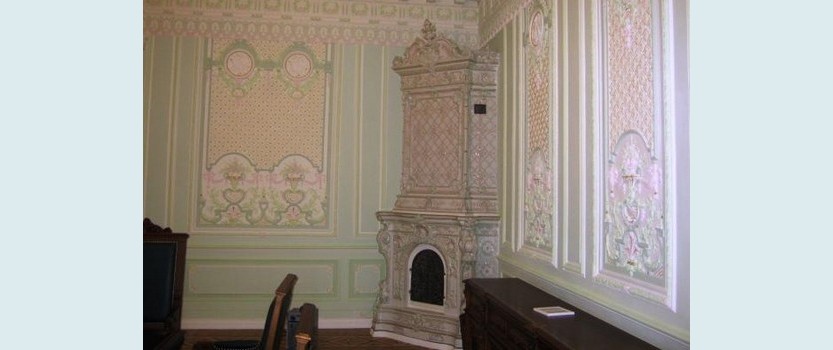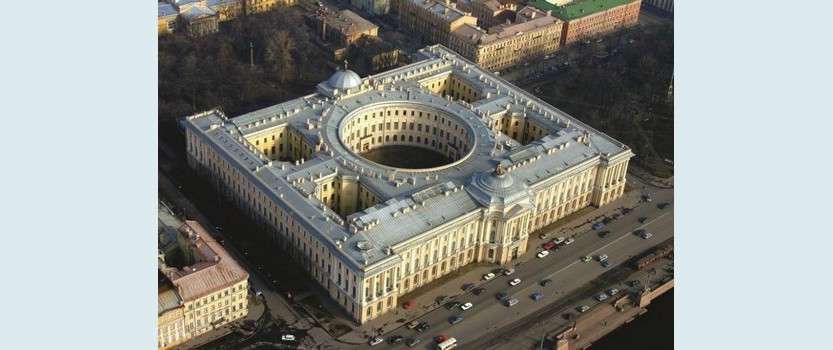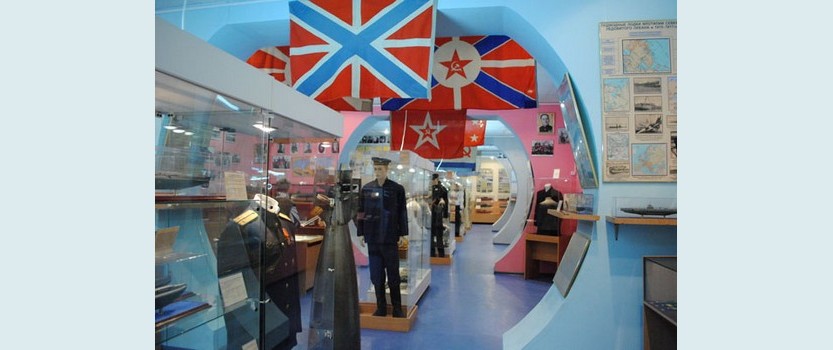
This is one of the first sights you see tourists arriving in St. Petersburg by train. Before the October Revolution it bore the name of Znamenskoye, in honor of the church, which stood on the site of today’s metro hall. It was dismantled in 1941 and now only a label reminiscent of bygone days hanging on the building. The church was the first building constructed on even the nascent area, and only later came the railway station and the four-storey hotel with the same name, now the ”...





